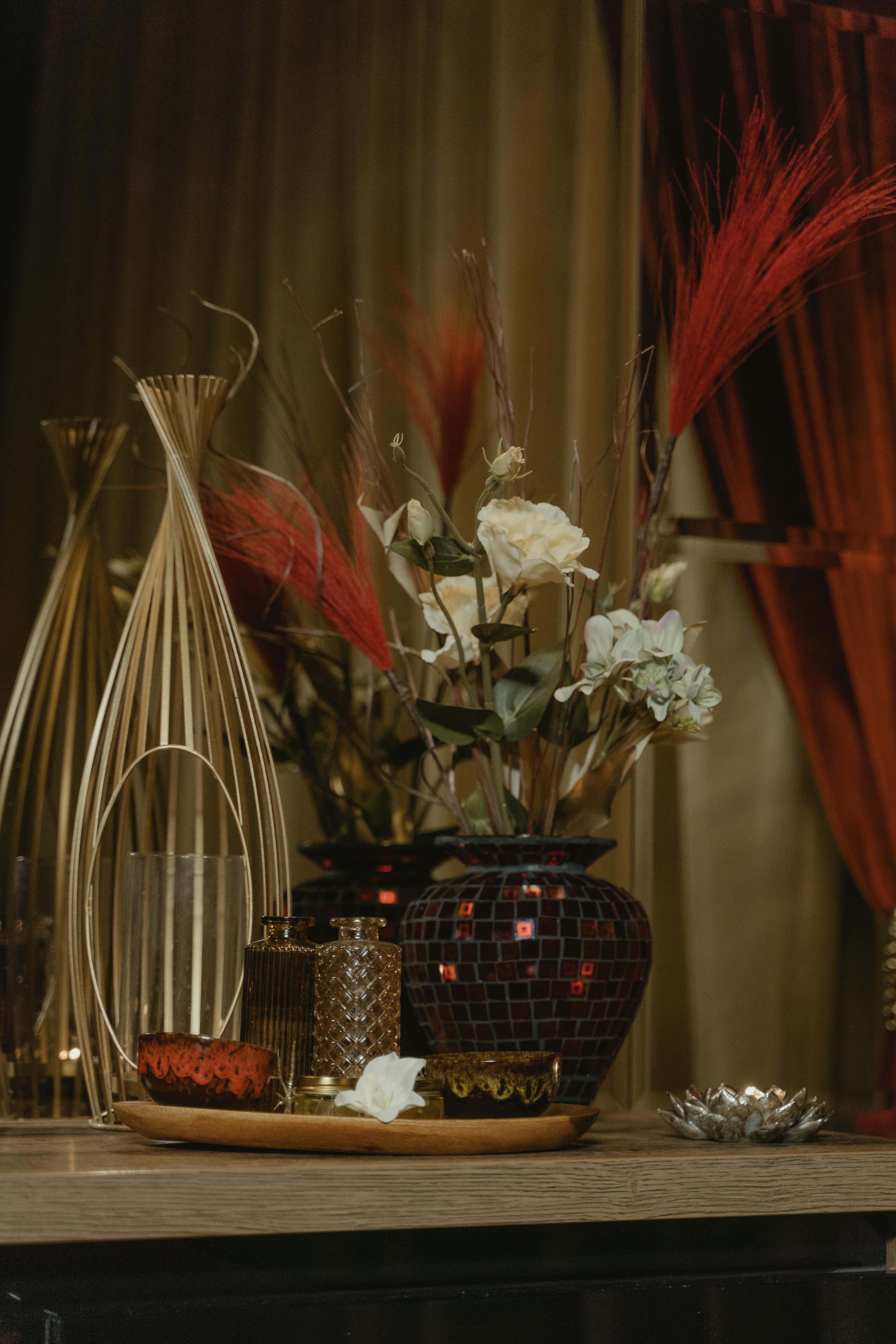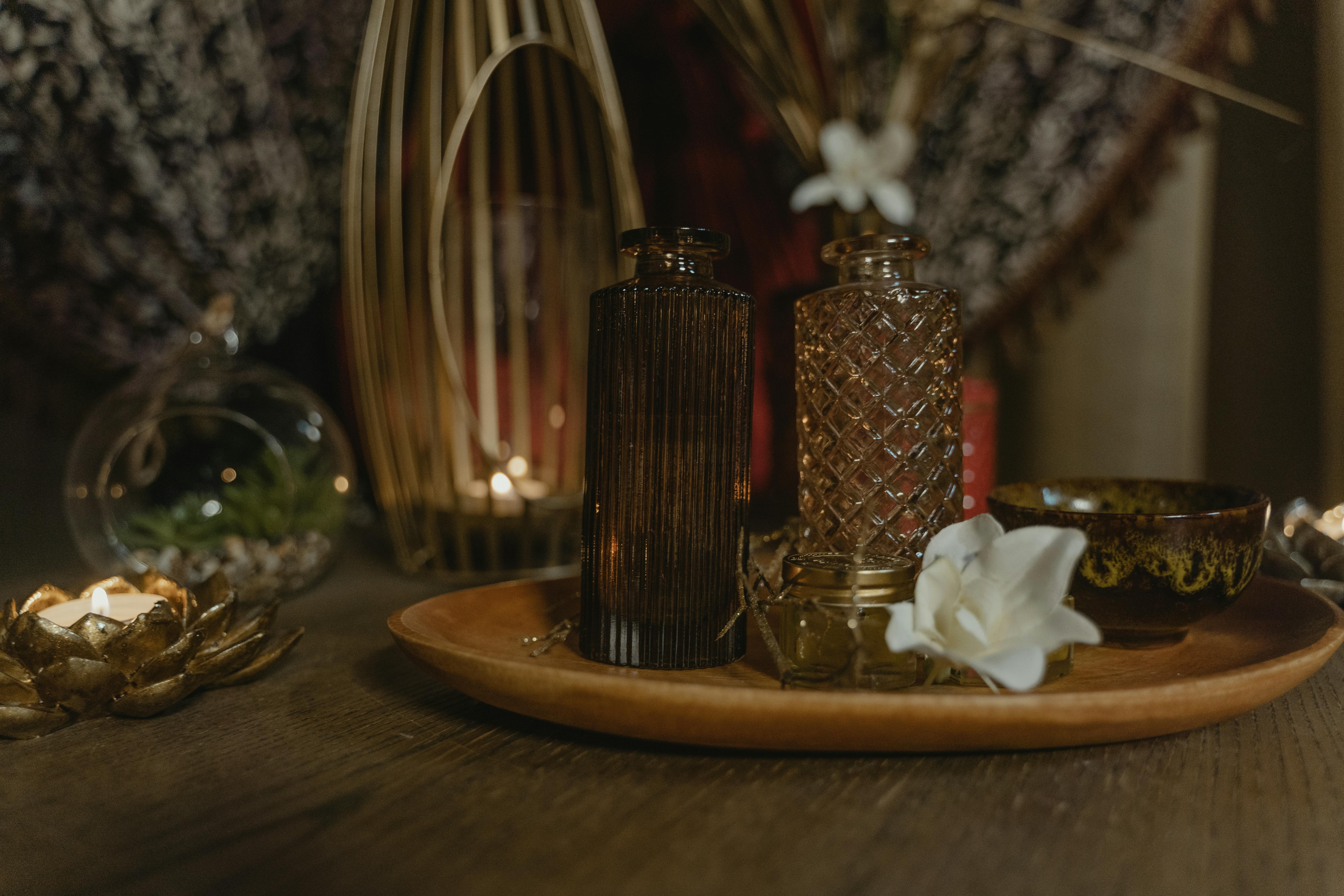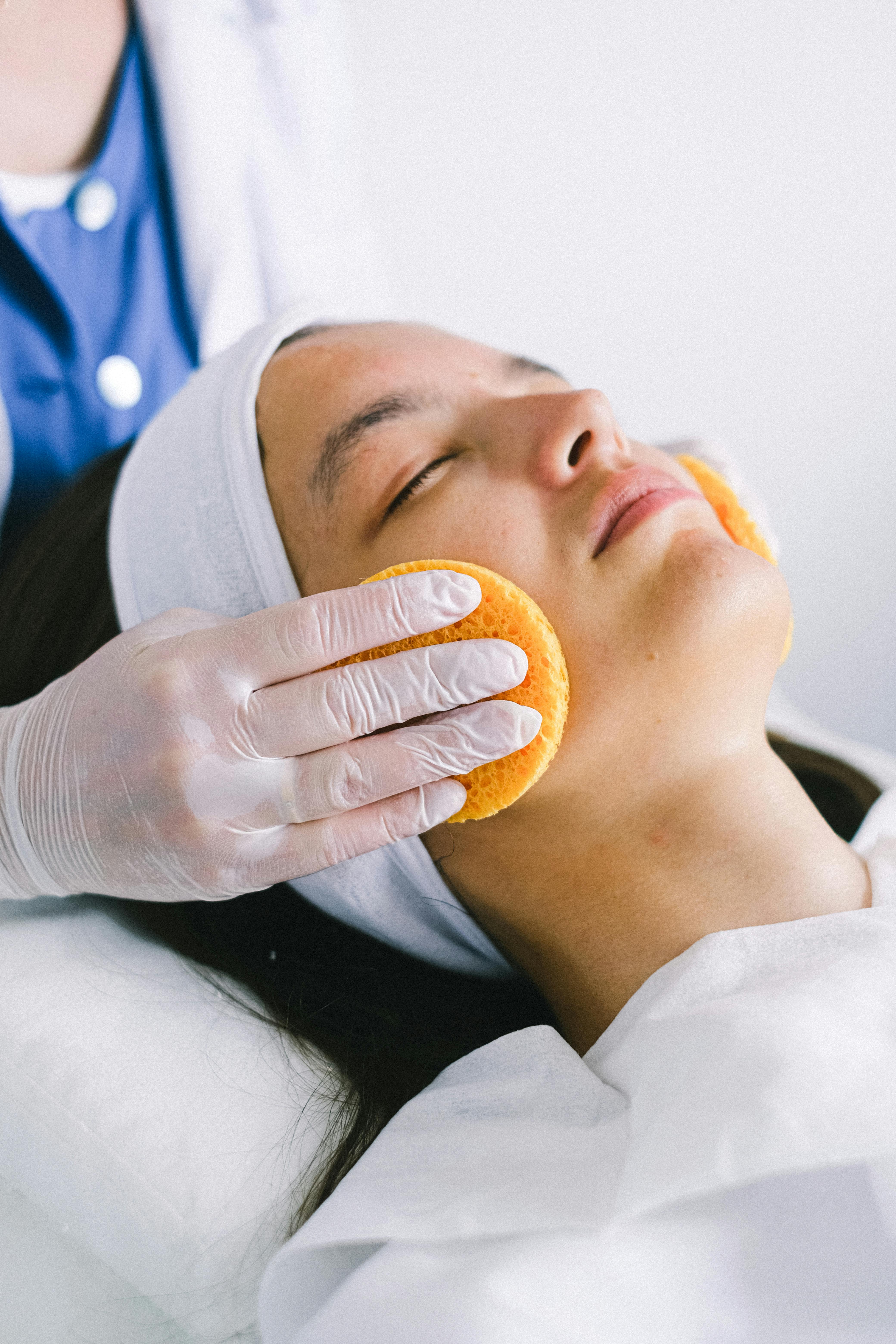The Ultimate Guide to Salon Beauty Beds for Modern Studios
Choosing the right salon beauty beds is critical for any professional studio aiming to provide top-tier service. As the beauty and wellness industry evolves, so does the need for comfort, functionality, and aesthetic appeal in your salon space. In this guide, you’ll learn how to select, implement, and maximize the use of salon beauty beds for client satisfaction and business success.

Understanding the Fundamentals
Salon beauty beds are specialized pieces of furniture designed to support clients during treatments such as facials, massages, waxing, and other beauty procedures. Their ergonomic design enhances client comfort while allowing professionals to work efficiently.
These beds have evolved from simple massage tables into multifunctional units with adjustable features, heating elements, and storage capabilities. Understanding their core principles helps salon owners make informed decisions when outfitting their studios.
1.1 Design and Ergonomics
Modern salon beauty beds prioritize comfort and adjustability. They often come with segmented backrests, leg supports, and headrests that can be fine-tuned to the client’s needs. Some even offer hydraulic or electric adjustments for ease of use.
For example, estheticians can elevate the head section for facials or recline the bed flat for body treatments. This adaptability is crucial in reducing technician fatigue and enhancing procedural efficiency.
1.2 Functionality and Features
Unlike standard spa tables, beauty beds integrate features such as arm supports, face cradles, and built-in warmers. This makes them ideal for a variety of services beyond massage therapy, including medical-grade treatments.
Salon beauty beds may also include hidden storage for tools and supplies, contributing to a cleaner and more organized workspace. This multi-use approach is what makes them a staple in modern beauty environments.
Practical Implementation Guide
Once you understand the types and functions of salon beauty beds, the next step is integrating them into your workflow. This involves selecting the right models, configuring your space, and ensuring optimal usage across services.

2.1 Actionable Steps
- Evaluate Needs: Determine the services you offer—massage, facials, waxing—and choose beds that support these functions.
- Measure Your Space: Ensure there is enough room for the bed, technician mobility, and storage without crowding the area.
- Plan Your Purchase: Compare electric vs. manual adjustments, weight capacity, materials, and warranty before buying.
2.2 Overcoming Challenges
Common issues include mismatched bed size, poor-quality upholstery, and insufficient adjustability. These problems can lead to client discomfort and technician strain.
To avoid these, always test beds before purchasing, seek professional recommendations, and check for CE or FDA certifications if offering clinical-grade services. Experts also advise periodic maintenance to prolong bed lifespan and prevent mechanical issues.
Advanced Applications
After mastering basic usage, advanced applications of salon beauty beds can further optimize your studio. From integrating high-tech functionality to customizing client experiences, these next-level strategies differentiate high-end salons.

3.1 Automated Enhancements
Advanced beds feature automation such as remote-controlled elevation, programmable positions, and built-in massagers. These features are ideal for clinics offering body contouring, laser treatments, or multi-step facials.
One luxury spa in Los Angeles reported a 40% increase in client retention after upgrading to fully adjustable heated salon beds with memory settings. Metrics like client relaxation scores and session turnover improved dramatically.
3.2 Integrated Technology
Today’s salon beds often include USB ports, LED therapy panels, and heating pads. These integrations allow salons to offer unique tech-forward treatments such as light therapy facials or cryo-skin procedures.
Ensure these components are compatible with existing tools and comply with safety standards. Cross-functional use saves space and reduces the need for additional equipment.
Future Outlook
The future of salon beauty beds lies in smart technology, sustainability, and personalized client data. Brands are now developing app-controlled beds and using eco-friendly materials like bamboo leather and recyclable aluminum frames.
In the next 3-5 years, expect AI-powered posture correction, voice-activated controls, and integrated diagnostic sensors. Professionals can stay ahead by attending trade expos, following innovation leaders, and adapting to client tech preferences.
Conclusion
In summary, salon beauty beds are central to any professional beauty studio. They affect service quality, operational efficiency, and client satisfaction. By understanding their design, implementing them correctly, and exploring advanced functionalities, salons can elevate their brand and profitability.
Start by assessing your studio’s needs, exploring trusted manufacturers, and gradually integrating smart features. Investing in high-quality beauty beds is investing in your long-term success.
Frequently Asked Questions
- Q: What is a salon beauty bed used for? Salon beauty beds are used for treatments like facials, massages, waxing, and skincare services. They offer ergonomic support and functionality for various services.
- Q: How do I choose the right salon bed for my services? Start by listing your core treatments, then select a bed that supports adjustability, comfort, and hygiene suitable for those services.
- Q: How much time does it take to install and set up a beauty bed? Most beauty beds can be assembled in under 60 minutes, but electric models may require additional setup and testing.
- Q: What does a salon beauty bed cost? Prices range from $300 to $2,500 based on features, brand, and material. Electric models with advanced tech are on the higher end.
- Q: How do salon beds compare to massage tables? Salon beds offer more features like adjustable height, armrests, and tech integrations. Massage tables are usually simpler and more portable.
- Q: Are beauty beds hard to maintain? Not at all. Regular cleaning and occasional oiling of mechanical parts are typically all that’s needed to keep them in top shape.
- Q: Can these beds be used in dermatology or medical spas? Yes, many models are FDA-approved and suited for medical-grade services like laser therapy or dermatological assessments.
